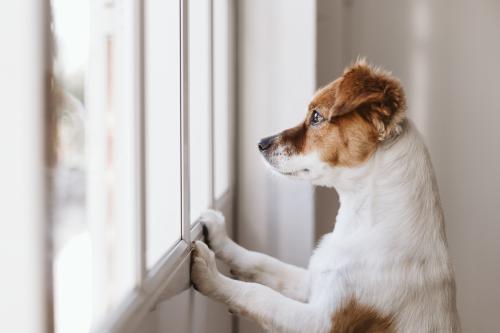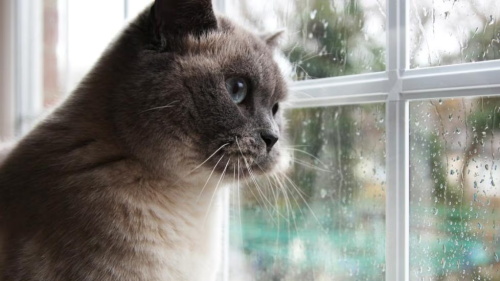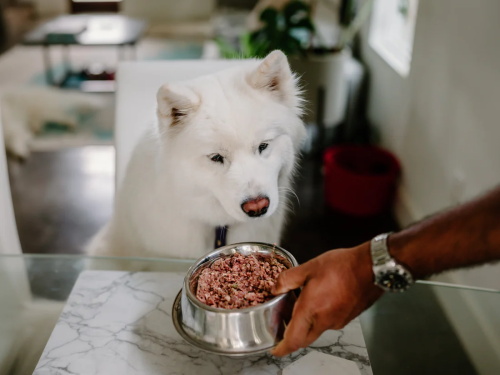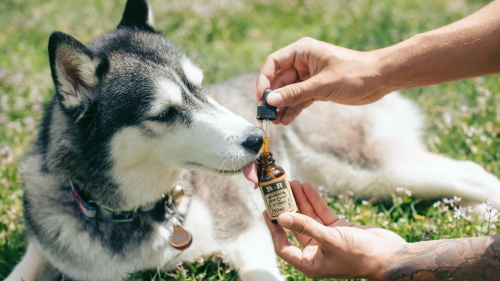Do Dogs & Cats Remember Us After Long Absences?

The bond between humans and their pets is often described as unconditional and enduring. Many pet owners wonder: when we're away, do our dogs and cats remember us? Do they miss us, and if so, how do they experience our absence? Recent scientific studies and heartfelt anecdotes provide fascinating insights into the memory and emotional worlds of our canine and feline companions.
Do Dogs Remember Their Owners After Long Absences?
The Power of Scent and Emotional Memory
Dogs possess an extraordinary sense of smell—up to 40 times more sensitive than that of humans. This heightened olfactory ability plays a crucial role in their memory and recognition of people. Even after extended periods apart, dogs can recall their owners by scent alone.
This ability isn’t simply about recognizing familiar smells—it’s deeply connected to emotional memory. When a dog catches its owner’s scent, the brain triggers a rush of positive emotions associated with love, comfort, and safety. That’s why, even after months or years of separation, many dogs instantly recognize and joyfully greet their humans.
Behavioral Evidence of Recognition
Dogs are expressive creatures, and their reunions with long-lost owners often provide the clearest proof of their memory. When reunited, they wag their tails furiously, jump up, lick faces, and sometimes even cry or whine with excitement.
These emotional outbursts are not mere instinct—they are genuine expressions of recognition and attachment. Behavioral scientists suggest that dogs experience a version of “secure attachment” similar to that between a child and a parent. Their joy upon reunion shows that their memory of you is stored not just in their brains but in their hearts.
Long-Term Memory Capabilities
Some dogs have demonstrated surprisingly strong long-term memory skills. In controlled experiments, dogs remembered the names of toys and commands even after two years without exposure. Such results indicate that dogs are capable of both short-term recall (for routines and tasks) and long-term associative memory (for emotionally significant individuals and experiences).
When it comes to their owners, this means that dogs can retain a clear mental and emotional imprint for years—an impressive testament to the strength of their bond.
Do Cats Remember Their Owners After Long Absences?
Sensory Recognition in Cats
Cats often get an undeserved reputation for being aloof or indifferent, but their methods of recognizing humans differ subtly from dogs’. Cats rely heavily on scent and sound rather than visual cues. They can identify their owner’s voice, footsteps, and even specific habits, like the sound of keys or the click of a laptop.

When reunited with an owner after a long absence, many cats show immediate recognition through behaviors such as purring, rubbing against their human, or meowing softly. Their responses may seem more subdued than a dog’s, but the recognition and emotion are just as real.
Emotional Responses and Bonding
Despite their independent nature, cats form strong emotional attachments to their humans. Studies and real-world experiences suggest that cats can experience separation anxiety and even grief when their owners are gone for extended periods.
Signs of a cat missing its owner can include changes in appetite, reduced playfulness, increased sleeping, or waiting by the door. Upon reunion, many cats will exhibit behaviors like head-butting, following their owner around, or kneading their laps—all signs of affection and familiarity.
This emotional depth shows that cats not only remember their owners but also feel the absence deeply.
Long-Term Memory and Recognition
Cats possess remarkable long-term memory, particularly for emotionally charged experiences. Unlike dogs, who tend to remember people through associative reinforcement, cats remember through emotional and spatial memory.
This means a cat can remember not only its human but also where and how it lived, even after years apart. Many cases exist where cats lost for months or years have found their way home over great distances—guided, scientists believe, by a mix of memory, instinct, and an incredible sense of direction.
Understanding Pet Memory: A Comparative Look
Dogs: Associative and Episodic Memory
Dogs are known for their associative memory, meaning they link experiences and actions with specific outcomes. For example, hearing a leash jingle means “walk time,” and the sound of a can opener means “food.”
But research also suggests that dogs may have a form of “episodic-like memory,” allowing them to recall specific events. They can remember not only that something happened but when and where it happened. This helps explain why dogs recognize owners even after years—they associate the person not just with food or comfort, but with meaningful shared experiences.
Cats: Long-Term and Emotional Memory
Cats, on the other hand, rely more on long-term and emotional memory. Their memories are deeply tied to familiarity and environment. A cat may remember a human who treated it kindly years ago, or a home where it once felt safe.
Cats’ emotional memories are so strong that they can even hold grudges or exhibit fear responses toward those who frightened them in the past. Conversely, positive emotional memories strengthen their affection and recognition toward their owners.
How Pets Form and Keep Memories of Us?
Emotional Imprinting
Both dogs and cats form what scientists call “emotional imprints.” These are memories tied to feelings rather than simple facts. A dog or cat doesn’t just remember your face—it remembers the warmth of your presence, the tone of your voice, and the emotions you shared.
This emotional anchoring is why pets can remain bonded to their humans even after long absences or changes in environment.

Scent as a Key Memory Trigger
For both species, scent plays a vital role in memory. When you pet your dog or cat, your scent transfers to their fur, creating a comfort marker. If you leave clothing with your smell while you’re away, your pet can feel soothed and reassured.
Upon reunion, that familiar scent can trigger instant recognition and affection, bridging any emotional distance created by time apart.
The Role of Routine
Routine is memory reinforcement for pets. Feeding, walks, and playtime all create a rhythm that pets associate with you. Even after months of absence, returning to familiar routines helps rekindle their sense of normalcy and strengthens your bond again.
Tips to Maintain the Bond During Absences
Leave Comforting Scents – Before leaving for a trip, leave behind a T-shirt or blanket that smells like you. Your scent provides comfort and security.
Stay Connected Digitally – For extended absences, you can video call or record your voice. Many pets respond to familiar sounds even through screens.
Reinforce Positive Memories – When you return, engage in play or activities your pet enjoys. Rebuilding routine helps reaffirm your emotional bond.
Gradual Reintroduction – For pets with anxiety, start with calm, gentle interactions rather than overwhelming excitement.
Maintain Routines – Pets find comfort in predictability. Keeping consistent feeding and play schedules before and after separation helps maintain their sense of stability.
Both dogs and cats are far more emotionally and cognitively complex than we once believed. Their memories are not just mechanical but deeply emotional—tied to the feelings they associate with us.
Dogs, with their associative and episodic-like memories, remember the joy and comfort of companionship. Cats, with their emotional and sensory memories, recall the warmth, safety, and familiarity of their human’s presence.
Even after months or years of separation, many pets recognize their humans instantly, proving that love leaves a lasting imprint on memory.
Our relationships with pets remind us that memory is not simply a mental process—it’s a reflection of the bonds we nurture, the kindness we give, and the emotions we share. In the hearts of dogs and cats alike, we are never truly forgotten.



